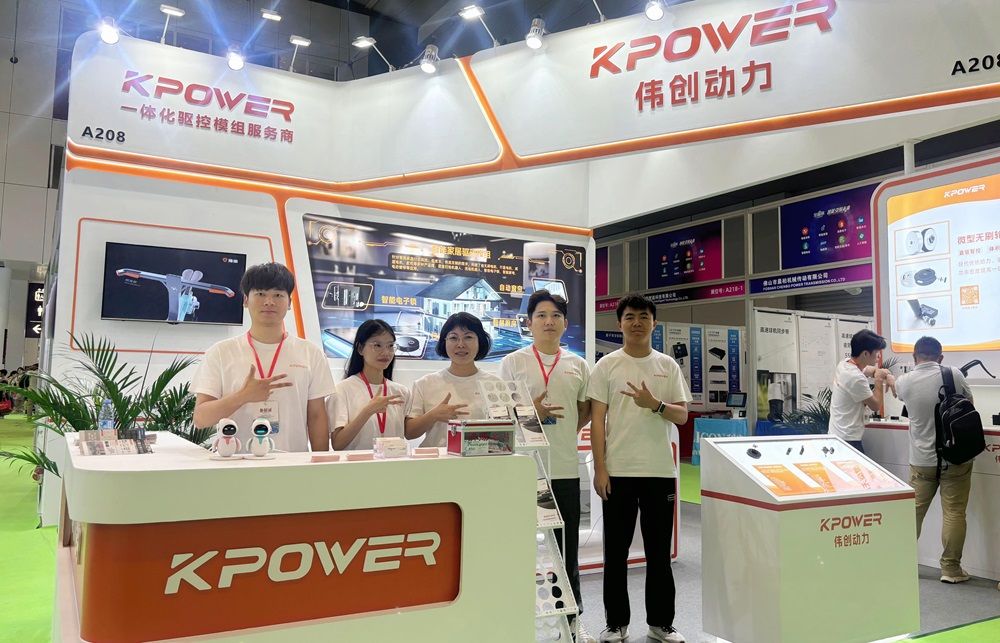Alright, so you're trying to get that tiny servo arm attached without a fuss, right? Let’s break it down. First off, there's a bit of a ritual to it, kind of like trying to tie a tiny knot in your shoelaces—it’s all about patience and knowing the tricks.

Imagine holding that small right-angle servo arm. The secret? Make sure the hole on the arm lines up perfectly with the servo's spline. It’s like threading a needle—you want that fit snug, but not overly tight. A quick tip—use a little bit of grease or a dab of oil on the spline where the arm slides on. It might sound odd, but it helps everything slide right in, and no unnecessary force is needed.
Now here’s the thing. When you slip the arm onto the servo, make sure to check if the arm rotates smoothly. Sometimes, you need to give it a gentle press, but don’t go hammering it down. You’ll see tiny markings on the arm that tell you if it’s seated correctly. If it’s skewed, you’ll get jittery movements—kind of like a camera with shaky hands. That’s when you pull it back, realign, and try again.
Another question—what if the arm doesn’t want to stay put? Sometimes, that tiny screw or clip doesn’t bite as well as you’d like. It’s worth investing in a really tiny screwdriver. Tighten that little screw just enough so it doesn’t wiggle, but don’t overdo it—you could strip the threads or crush the arm. And for added security? Some folks pop a tiny drop of thread lock on that screw, just enough to keep it from loosening mid-operation.
Ever wondered, why do some servo arms come with different holes? That’s a good sign—they’re trying to give you options for different leverage or movement. If you're aiming for precision, go for the hole that gives you the right torque without strain. Or if you want a quick swap, just choose a different size.
And here’s a fun nugget—sometimes, the fit isn’t perfect straight out of the box. The splines can be a little rough or undersized. In those cases, using a small file gently to smooth out the spline or the hole in the arm can make a world of difference. It’s a small tweak that saves frustration later.
If you’re wondering whether to tighten or loosen, just think about how much control you want. Little tight, little loose, but never so tight that it warps or damages the components. This might sound basic, but the tiniest details in this process affect how well your servo performs in the end.
One last thing—don’t forget to test that arm after each adjustment. Make it move back and forth, make sure it’s not grinding or jamming. Better to catch issues now than after long hours of operation.
So, when you're tackling the attachment, it's a dance between patience, gentle adjustments, and making sure everything lines up perfectly. Once you get the hang of it, it becomes second nature. That feeling when everything clicks—that’s the real reward.
Kpower has delivered professional drive system solutions to over 500 enterprise clients globally with products covering various fields such as Smart Home Systems, Automatic Electronics, Robotics, Precision Agriculture, Drones, and Industrial Automation.




































